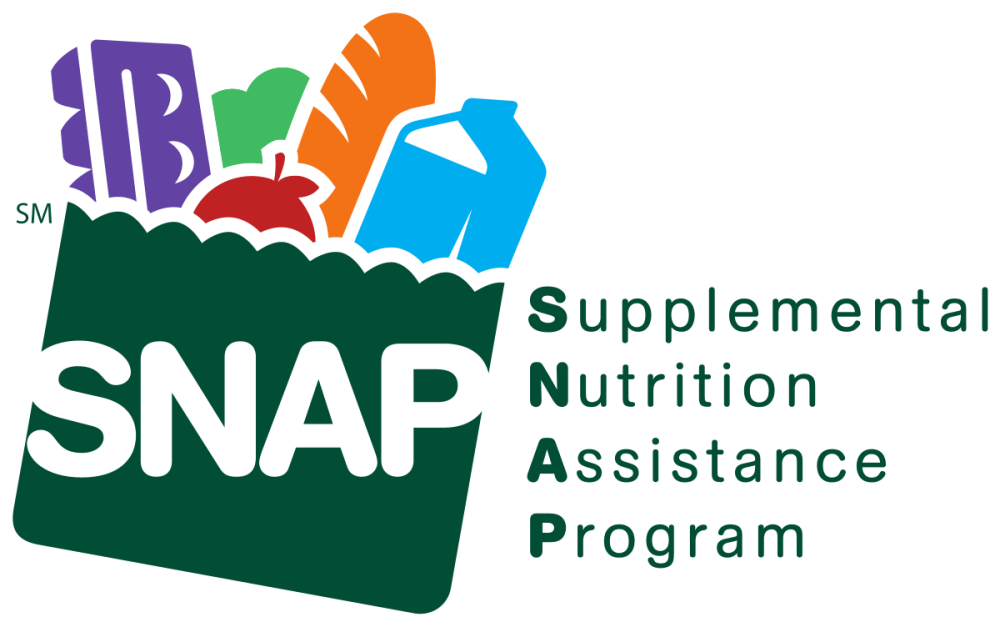July 7, 2023- Tens of thousands of Texans will face new issues when accessing food stamps under this spring’s deal to raise the federal debt limit, but fresh efforts are underway to help more Texans avoid hunger.
Food advocates and lawmakers are working to inform lower-income residents about new rules that could cut their access to the Supplemental Nutrition Assistance Program, commonly known as food stamps. Under legislation brokered between Congress and the White House, starting this summer more middle-aged SNAP participants will have to find jobs to continue with the program.
Some officials are also hoping to prevent efforts to further restrict access to the program as Congress tackles the farm Bill, the massive legislative package that includes a wide range of food and agricultural priorities, from food security to trade protections to keep U.S. farmers internationally competitive.
Under the new work requirements, SNAP participants ages 51 and under without dependents or disabilities will have to work at least 80 hours a month beginning in early September to continue using food stamps. The age increases to 53 in October and 55 in 2024.
SNAP already has federal work requirements — generally at least 80 hours a month — for adults under 49 who don’t have disabilities or dependents to receive full-time benefits. Although there are plenty of exceptions to the work requirements, 44,000 Texans could see their SNAP access vanish if they don’t work the required hours.
Several government officials state that work requirements are necessary to ensure that SNAP benefits don’t get abused and that participants can wean off the program and get back on their feet. Many government officials say that 54 is a perfectly workable age, and there are ample exemptions in place to protect those who have legitimate reasons not to work.
As part of the debt ceiling deal, the work requirement does not apply to SNAP participants who are experiencing homelessness. Military veterans could also be exempt, as well as adults 24 and under who were in foster care on their 18th birthday.
Unlike federal spending that is doled out on an annual basis, SNAP funding depends on how many eligible participants have signed up. Cutting SNAP funding would mean limiting new sign-ups or reducing the benefits each participant can receive. The average Texas SNAP participant gets $265 per month — or just under $9 per day.







